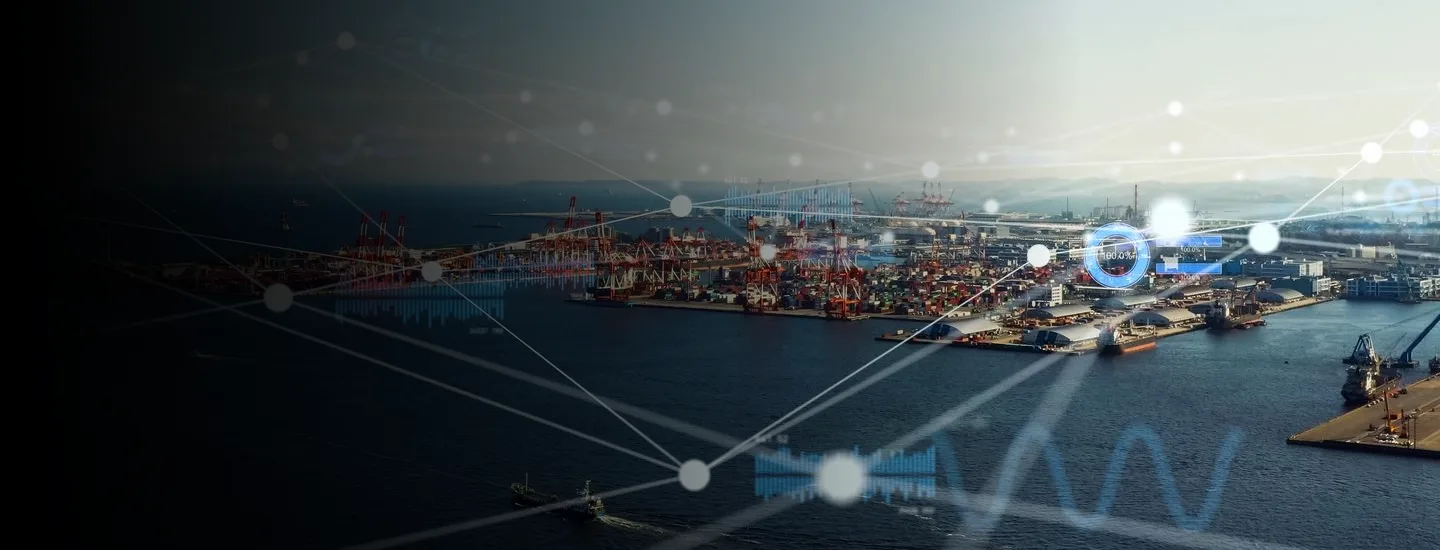In recent times, consumer product companies and retailers have grappled with a challenging landscape marked by uncertainty, mounting pressures, and increasing complexity. These factors have given rise to isolated pockets within organizations, commonly referred to as silos. While sales have continued to climb, operational costs have spiraled, placing substantial strain on leadership, particularly supply chain executives. This predicament underscores the need for resiliency and the urgency to deliver results. However, achieving favorable outcomes becomes a formidable task when decisions are made within these isolated silos, thus intensifying the call for a robust, agile supply chain that dismantles these barriers.
The supply chain occupies a pivotal role amid economic recessions, inflationary pressures, talent shortages, and an array of other disruptive forces. What's conspicuously absent in this scenario is transparency, a linchpin in establishing trust and enabling upstream stakeholders to take proactive measures. Yet, the road to transparency is littered with challenges as organizations grapple with the overwhelming deluge of data and technology options. To foster collaboration, organizations must facilitate the seamless flow of data between systems, necessitating a comprehensive plan or a "control tower" that offers unparalleled visibility and real-time decision-making capabilities. Nonetheless, when disruptions occur across multiple functions within an organization, making these real-time decisions becomes increasingly daunting. Consequently, clients are actively seeking purpose-built applications that promise end-to-end supply chain visibility, encompassing data, inventory networks, shipment management, tendering, warehouse operations, demand forecasting, and more.
Recently, at the FourKites Visibility Conference, the overarching theme of "connectedness" resonated with attendees looking to manage disruption and achieve end-to-end supply chain visibility. Connectedness manifests itself in several ways, with partnership, team collaboration, and structural processes being key drivers.
Partnership:
Partnership means so much more than having a touch base meeting to share updates once a month. True partners will form an ecosystem that yields unique data and insights that benefits all parties. Cultivating these partnerships is essential for success.
Team collaboration:
The saying "you're only as strong as your weakest link" underscores the importance of exposing teams to foster collaboration. This approach minimizes waste, enhances workload efficiency, and elevates customer satisfaction. Technology plays a pivotal role in unifying siloed functions, but it cannot work in isolation—team collaboration is indispensable.
Structure and processes:
Leaders must provide structure to communicate and prioritize activities, leading to real-time decision-making across the end-to-end supply chain. To turn this into action and enable new business capabilities, it is crucial to focus on business outcomes, the business processes around those outcomes, and the talent managing those processes.
Supply chain management is a team sport that demands close cooperation with stakeholders to create a seamless ecosystem. The pursuit of enhanced supply chain visibility is an ongoing journey. Companies seek comprehensive global visibility solutions, leveraging tools like order tracking for resilience. Real-time actions, tailored to specific needs, are paramount. Organizations looking to build connectedness must pinpoint areas requiring added focus and support, such as on-time order fulfillment, customer service tracking, facility throughput, and sustainability initiatives. Taking a holistic approach, both internally and externally, is vital to align cost reduction and growth and prevent internal conflicts. Recognizing the interconnected nature of all elements allows organizations to optimize existing infrastructure for scalability.
A strategic approach to integrating innovation while addressing risks fosters an ownership mindset. Acknowledging that achieving 100% visibility is challenging, organizations should prioritize filling gaps through collaborative strategies. A comprehensive connectivity plan, divided into pillars with strong interconnections, enhances operational efficiency and fortifies companies against current disruptions.


